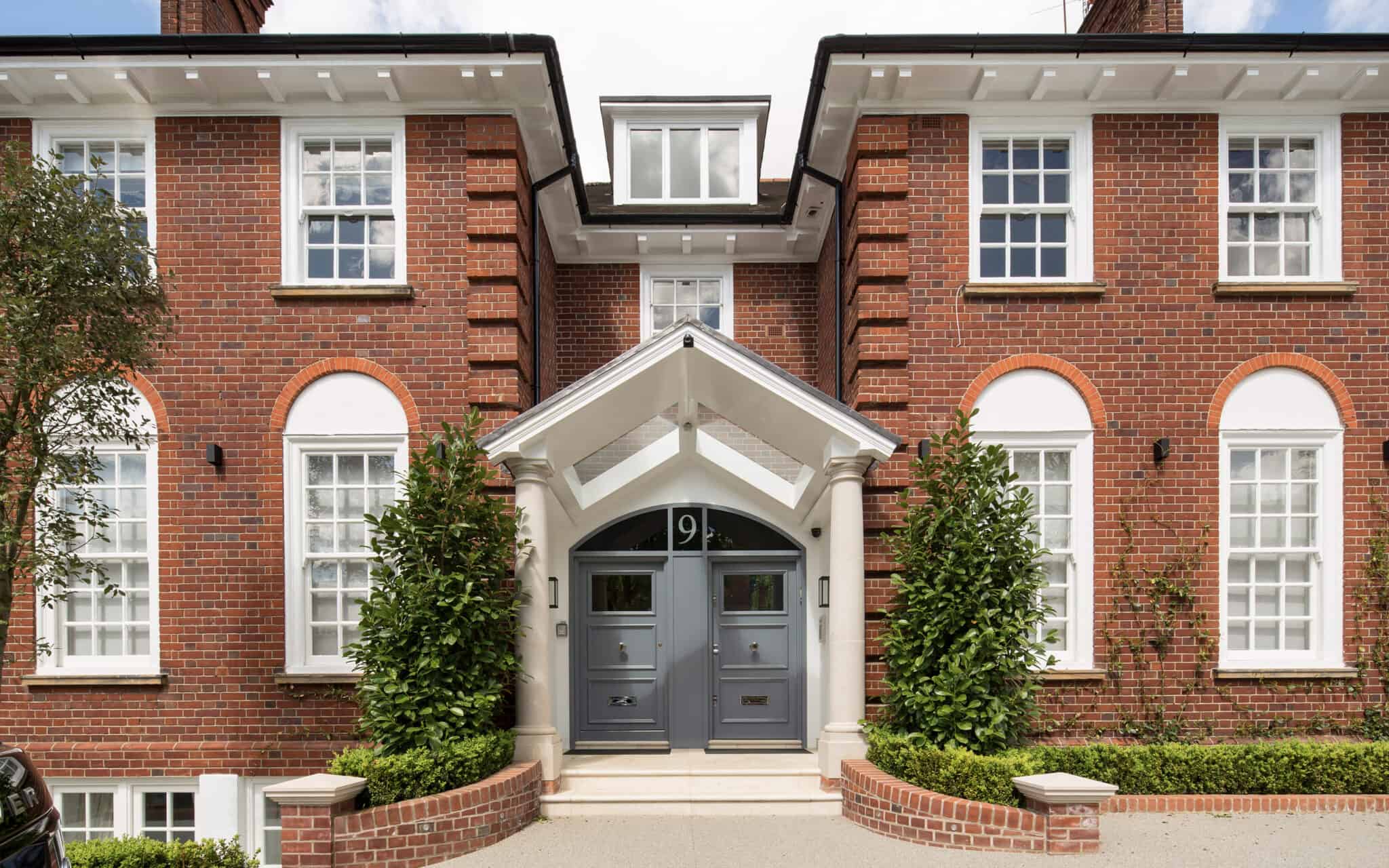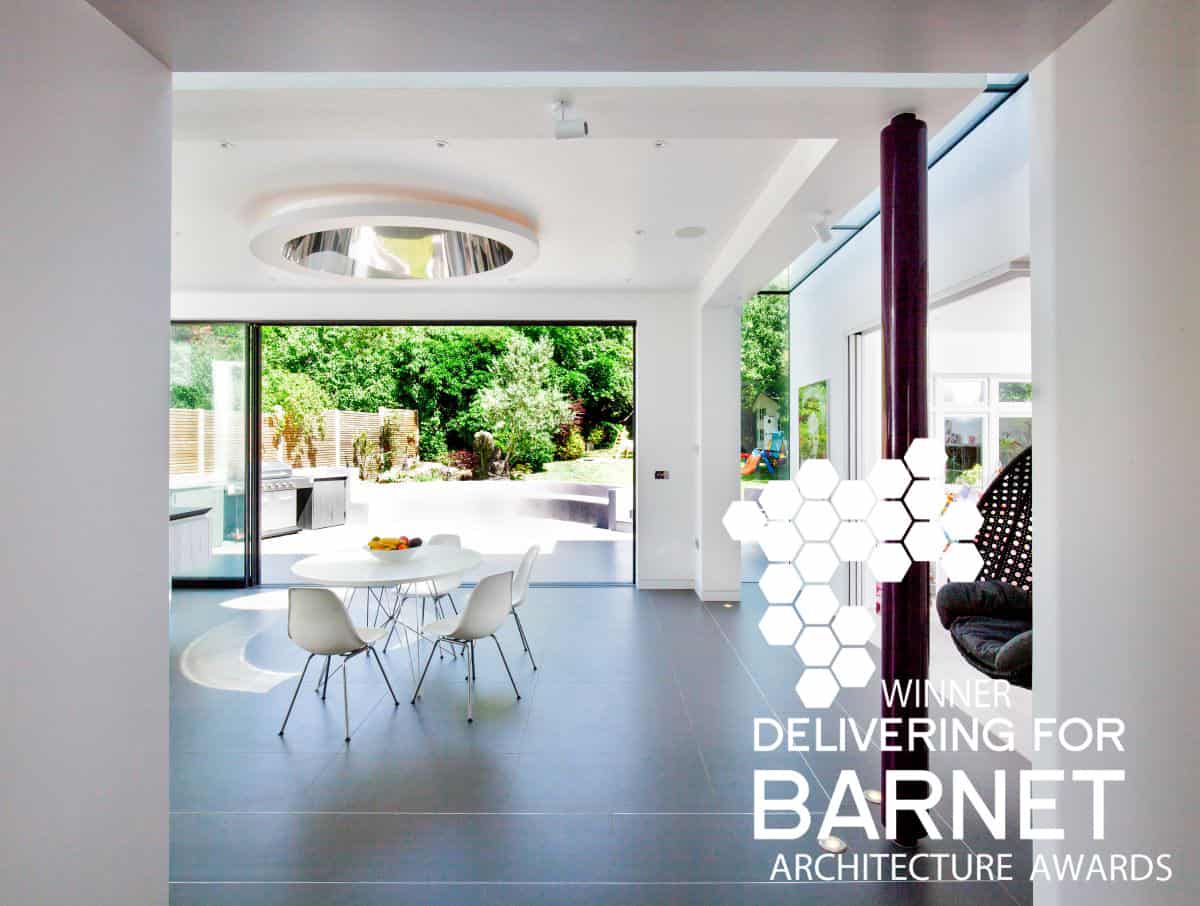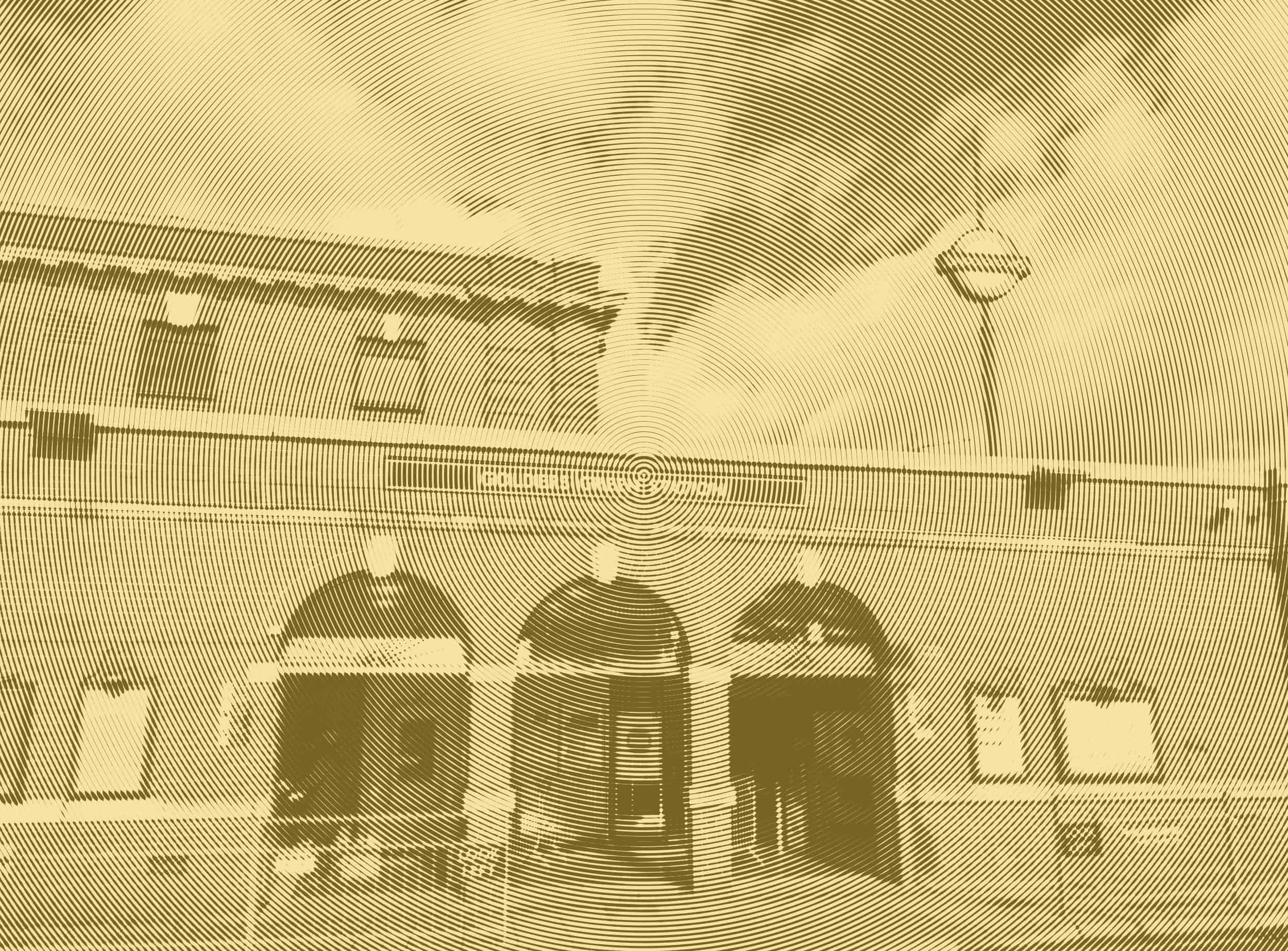Muswell Hill Architects
About XUL Architecture
Located in North London, XUL Architecture is a commercially minded, client centred architecture practice. We are efficient and responsive, and put particular focus on the client’s experience as well as in finding ingenious ways of bringing light into architecture.
We believe that creativity can overcome any practical challenges. We believe in the strength of natural light to positively improve physical space and the wellbeing, productivity and creativity of those who inhabit it. We believe that each of our clients is unique. Through listening and conversing we celebrate that individuality.
We listen to your needs and do what it takes to meet your expectations. Combining our energy, knowledge and talents to deliver fantastic client care and strive to develop relationships that make a positive difference to your lives.
We recognise how important it is being part of the local community. We reside in shop front premises which makes us accessible and approachable – our door is always open. Our aim is to build trust and aspire to be the “go to” local architect. We also try to bring the community together by organising local events.
Awards
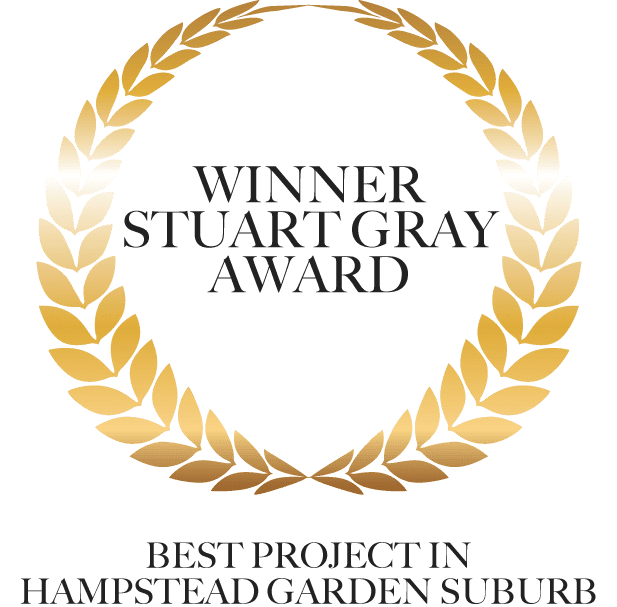

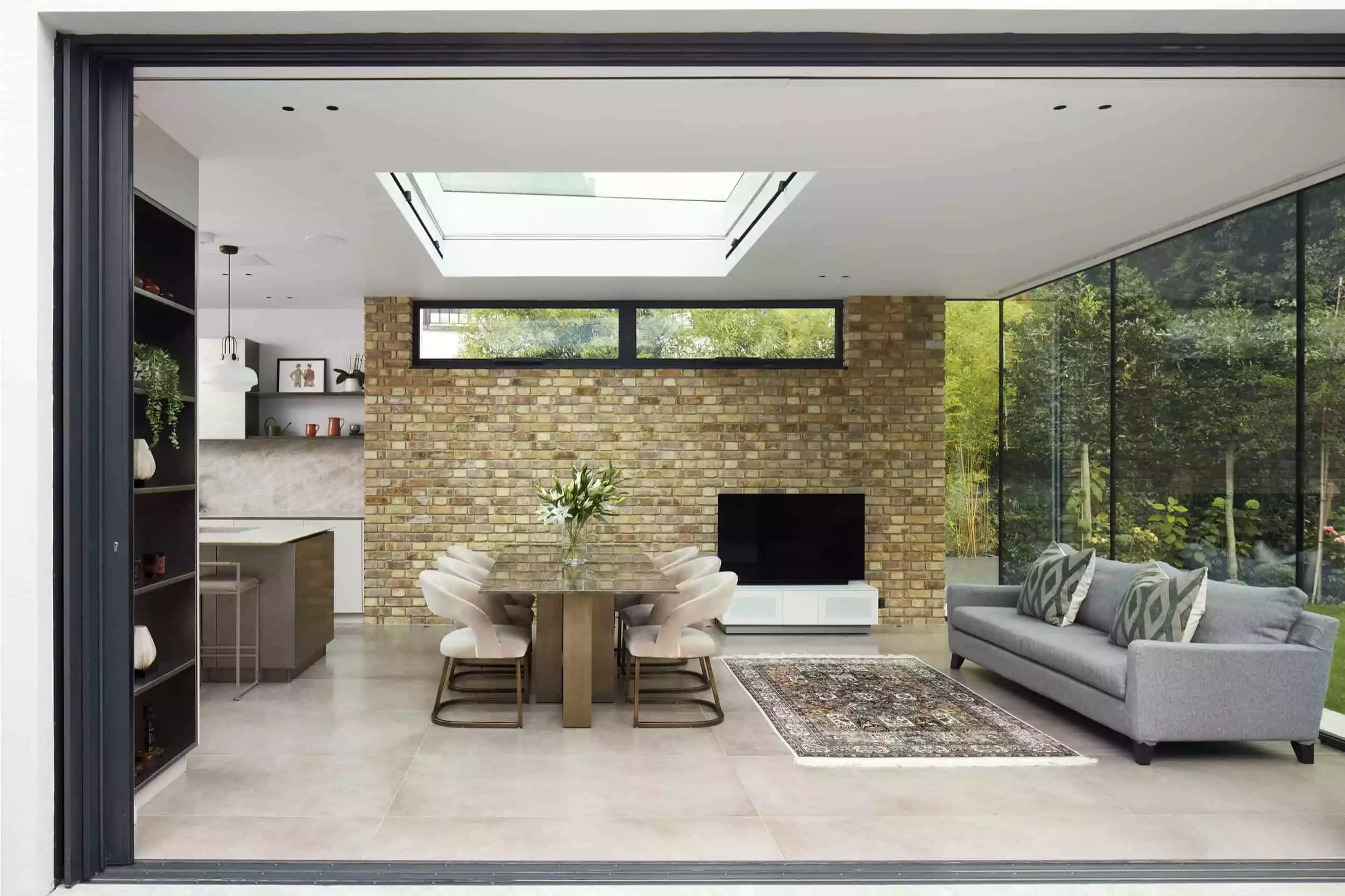
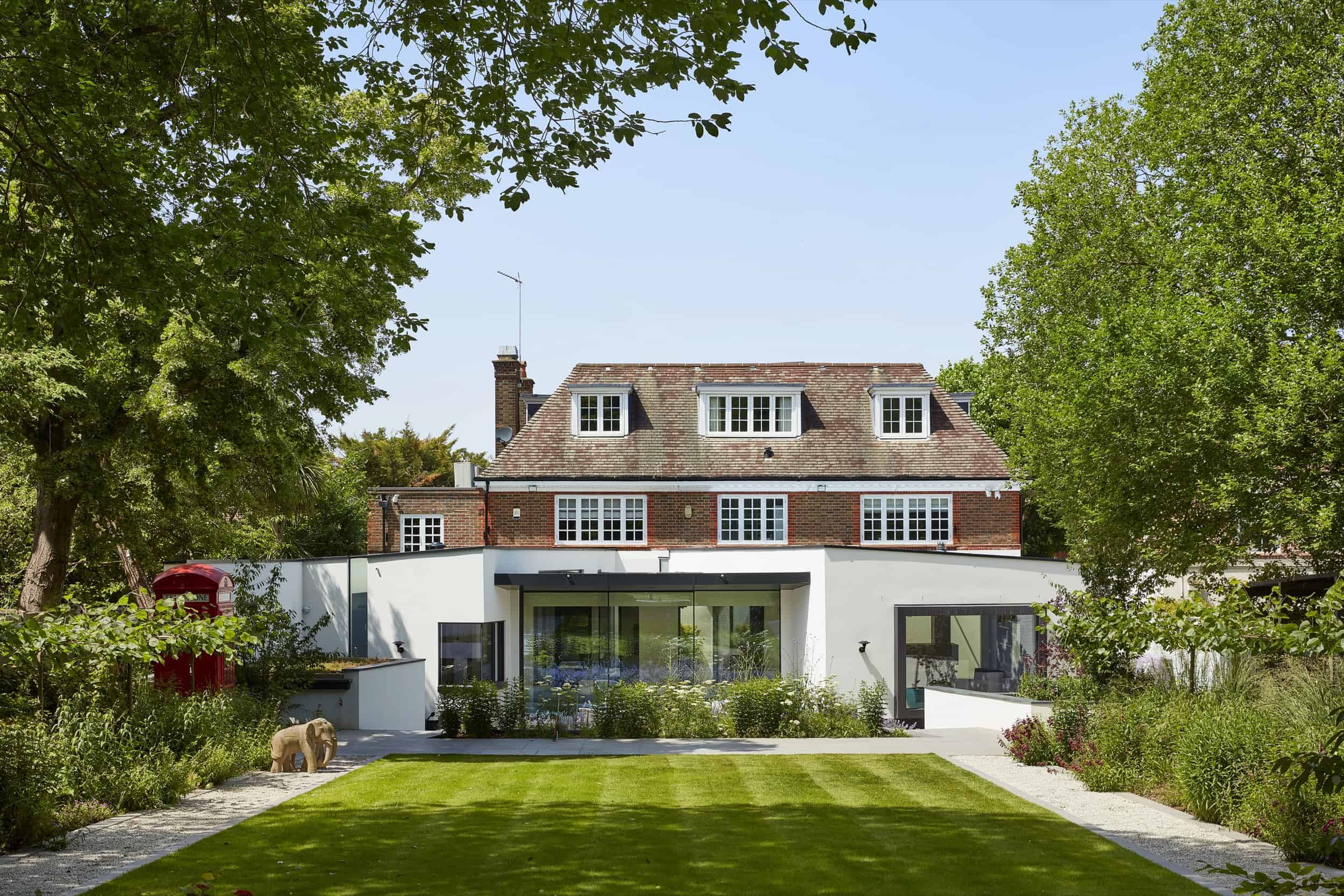



Featured Projects
We have multiple projects in progress and completed nearby Muswell Hill
300+ projects completed in Barnet, Brent, Camden and Haringey
We have worked on a number of boroughs in London. Most of our work is in Camden, Barnet, Haringey and Westminster, which are some of the most challenging boroughs in terms of Planning.
In any case we always do detailed research on any local constraints and regulations. On complicated projects and/or listed buildings we often work closely with a planning consultant. We are used to working on listed buildings and conservation areas.
Muswell Hill Architects
How we work
It can be a challenge to keep up with all the stages involved in designing and building or renovating a home. Our step-by-step method makes it easier.
We’ve created a platform (a bit like Dropbox) so you have every bit of information about your project at the click of a button. That means we’re all on the same page, and you’ll be able to put your hands on the plans and timeline exactly when you need them.
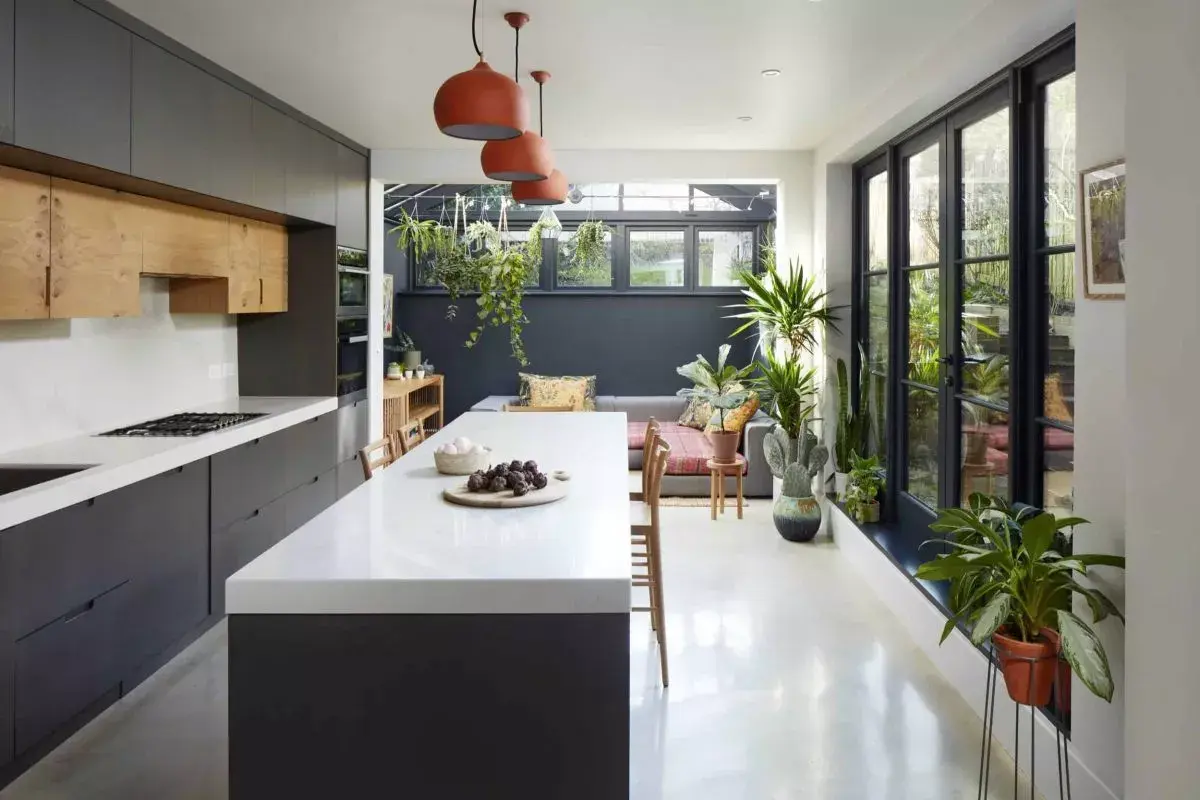
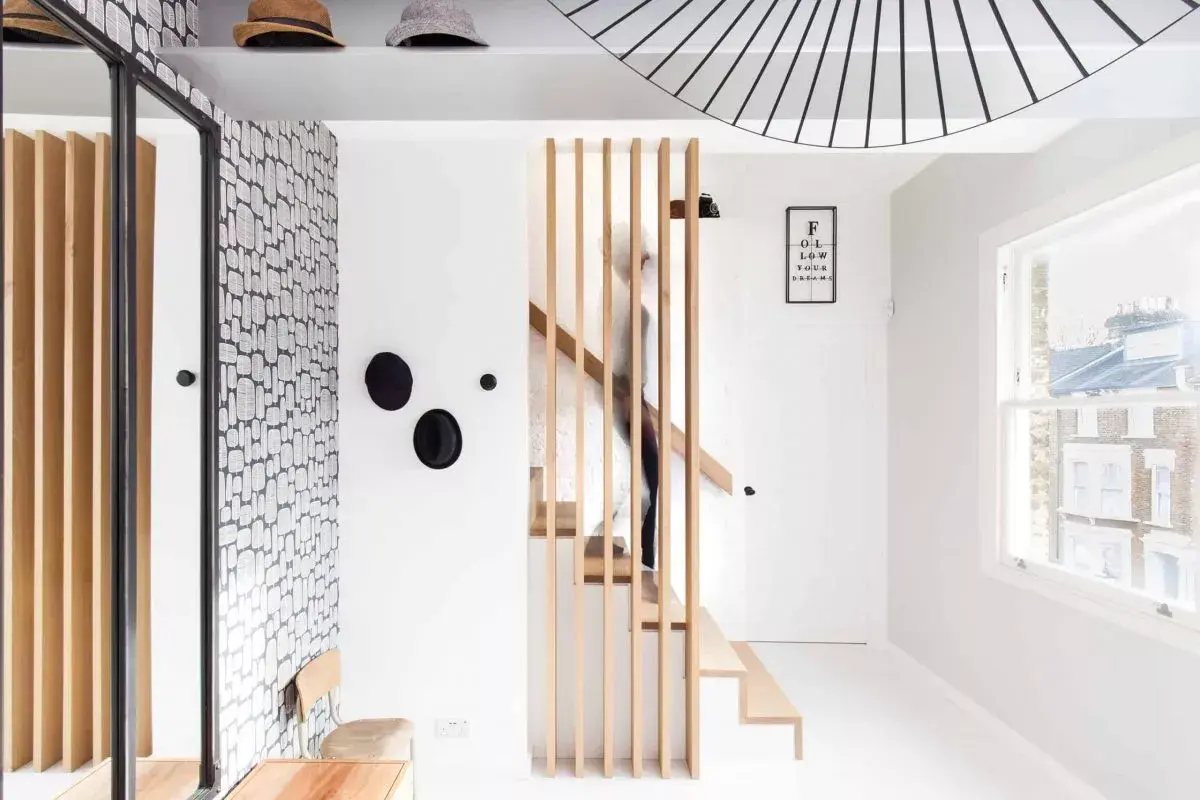
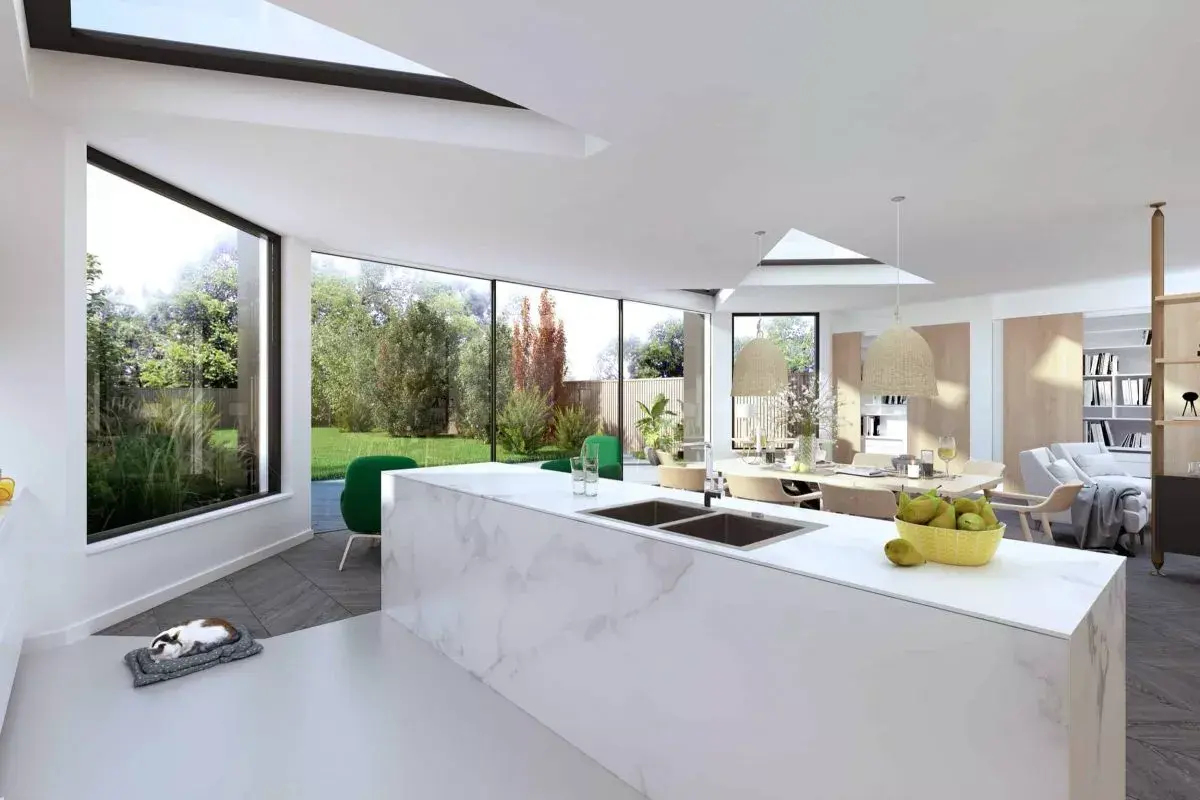

By explaining every stage carefully, we ensure that even if you’ve never worked with an architect before, you’ll feel confident, happy, and inspired – without fear of losing control of time or budget.
And we’re ingenious and innovative, not only in our design, but also in overcoming any hurdles in the logistics of your project. We’ll bring all our ideas out into the light and we’ll always take a ‘can do’ approach – but at the same time we’ll be clear and honest with you if something needs to be rethought.
Because while a beautiful home is the aim, it’s just as much about enjoying the journey to get there.
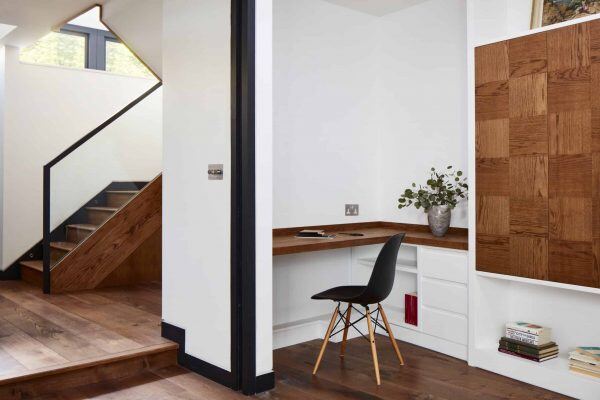
Muswell Hill Architects
Architecture driven by collaboration and lateral thinking
We believe in constant improvement and encourage change. Our lateral thinking allows us to creatively overcome challenges. Our motto is ‘there is always another way’! We always like to explore alternative design solutions as well as finding the right strategy to suit your needs.
We pride ourselves on having a unique outlook that combines our passion for enhancing our clients’ lives, with the ingenious use of abundant natural light; all whilst keeping the practicalities of the project and the realities of the budget in mind.
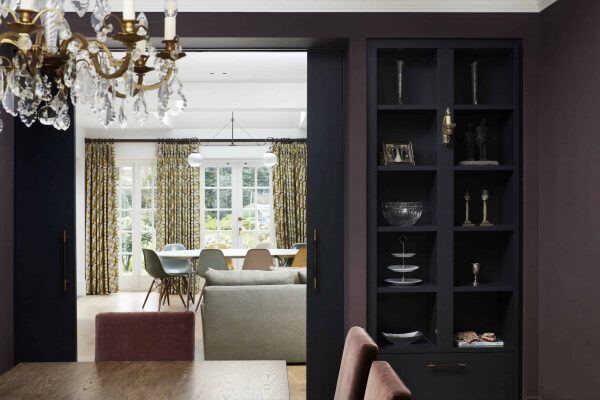
Muswell Hill Architects
300+ Projects Completed
Our team is comprised of people from all parts of the world, giving us a rich breadth of experience, cultural background, depth of talent and diversity of thoughts. This is accompanied by the added value of having a can do attitude when in front of any challenge. And of course, you can be involved in this creative process as much as you want to be. Design is a dynamic and interactive process!
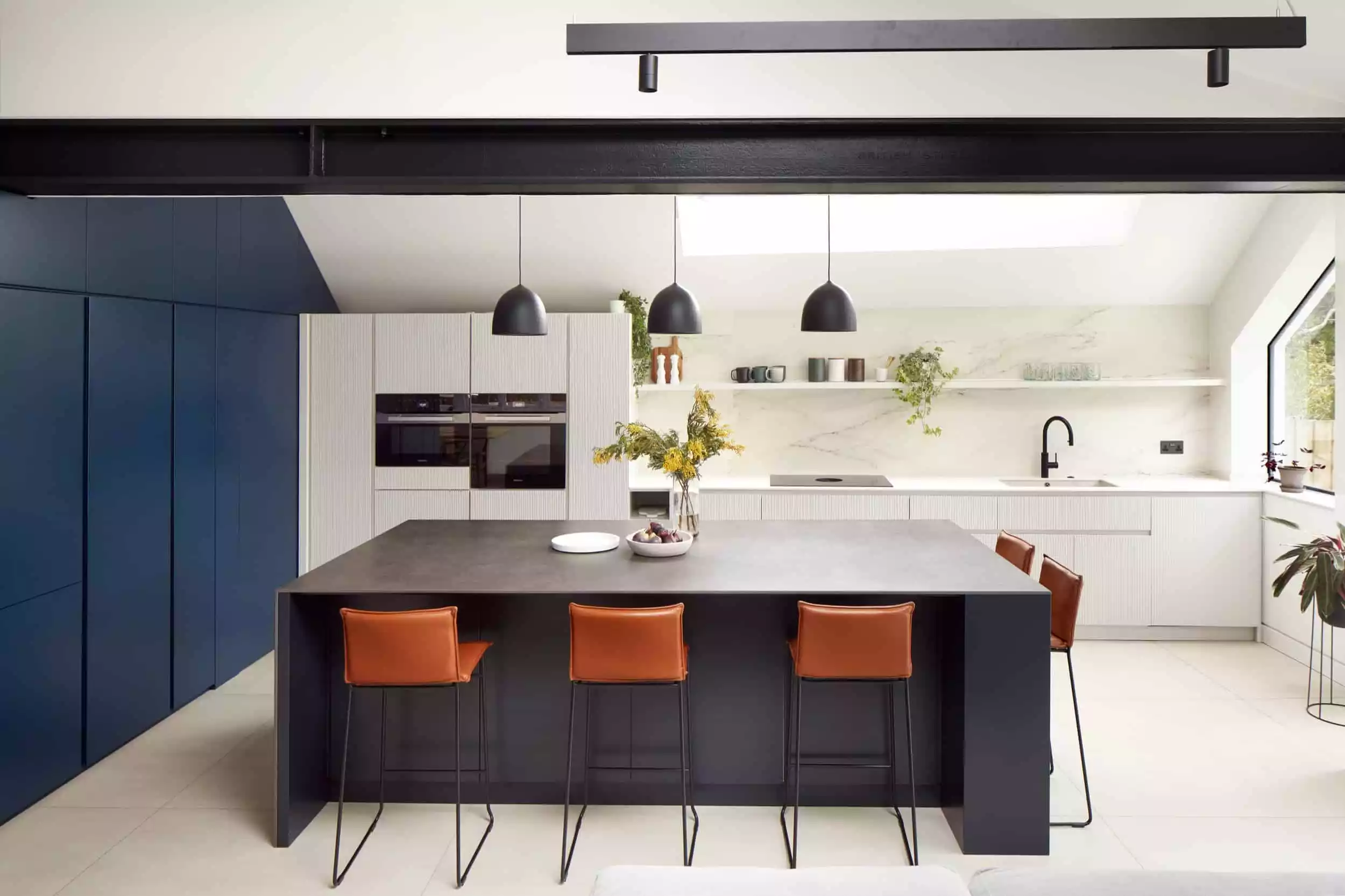
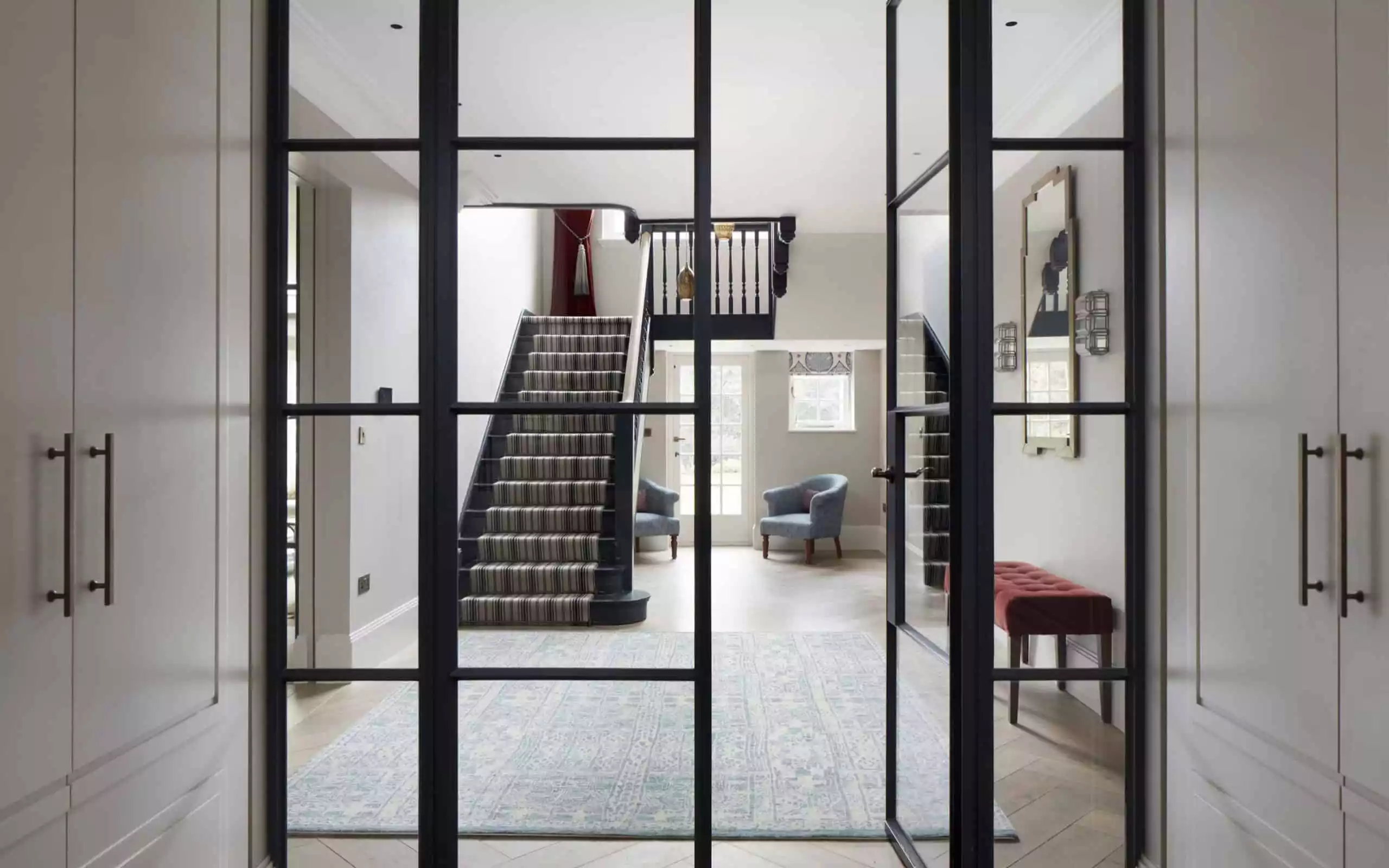

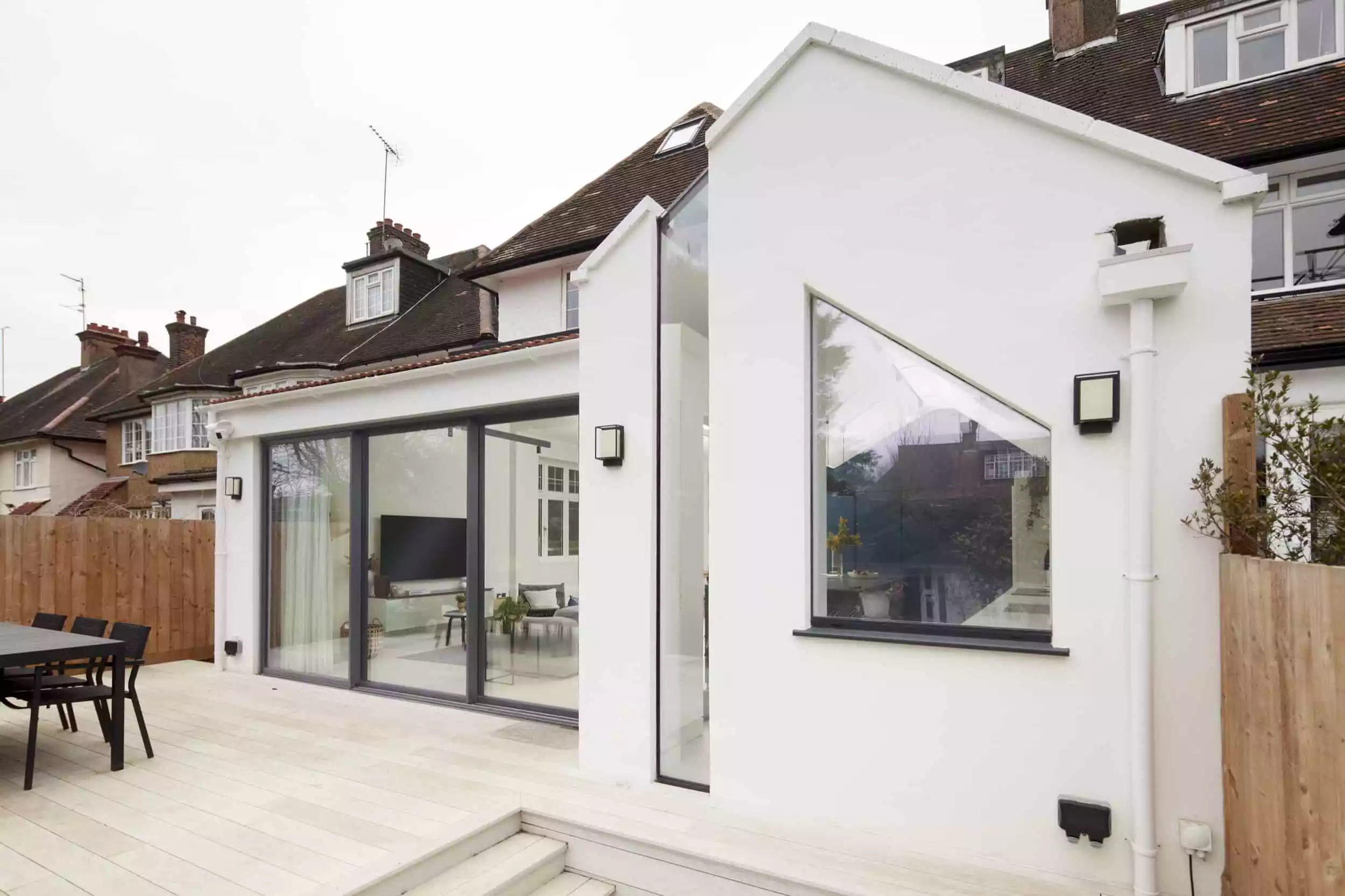
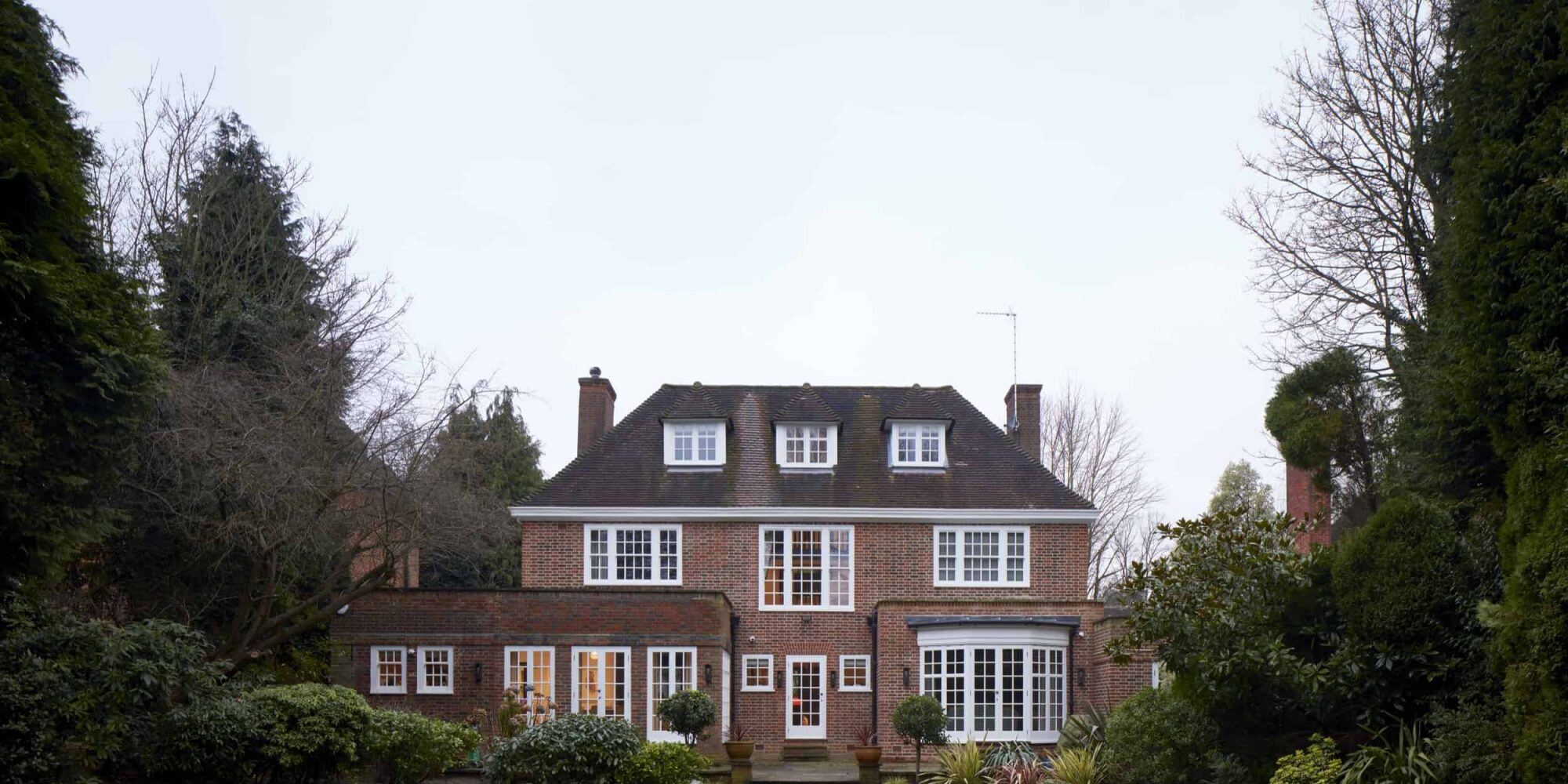
Muswell Hill Architects
Muswell Hill Architects
Advice on Home Renovations in Muswell Hill Conservation Area
If you have a home in the Muswell Hill conservation area and you’re looking to make changes to it, you need to be aware of the ways in which the conservation area restrictions might apply to you. Changes can be made, but planning permission is usually required for many of the changes you might want to make.
We’re going to talk more today about what the conservation area means for you as a homeowner, the planning application process and what you can expect to happen. So read on now if you’re thinking of carrying out renovations on your home in the Muswell Hill conservation area.
Conservation Areas
Much of Muswell Hill is in a conservation area, and the same applies to many of the surroundings areas such as Wood Green and Hornsey. So what does it mean for an area to be designated as a conservation area? A conservation area should have special historical or architectural interest, and have a character or appearance that’s considered desirable and worth preserving for future generations to enjoy.
The designation can be made by central governments, but it’s usually done at a local authority level. Once a conservation area has been designated, there’s a range of changes that then apply. For example, planning controls become stronger and energy efficiency improvements are more tightly regulated as well.
Making changes to a building in a conservation area means having to preserve the historic characteristics and ensure the character of the overall area is respected too. It is possible to make changes and renovations to properties in the Muswell Hill conservation area, but extra care needs to be taken when submitting plans.
If you don’t know whether your particular building falls under the Muswell Hill conservation area, you need to do some research and find out. There’s an online tool that shows you the span of the conservation area on a map and that should provide you with the details you need.
Planning Applications in Conservation Areas
Special Design and Conservation Officers are used by the local council in Muswell Hill to ensure planning applications are properly considered within the context of the impact they might have on the conservation area in general. The regular planning team still oversees the application, bit support is provided by these conservation specialists.
Conservation policies are already in place and these are what any submitted plans and proposals are measured against. It’s very much possible that your renovation plans will be rejected on the grounds of conservation and conservation alone.
The council is duty bound to only approve changes that it judges aren’t going to negatively impact the conservation area and its particular character and architectural style. Proposals that are rejected can be appealed, but it’s important that applicants understand the nature of conservation regulations with these conservation areas.
Gaining Pre-Application Advice
One thing that makes a lot of sense to do in a conservation area when making planning applications is to gain pre-application advice regarding your plans and proposals. Anyone who lives in a conservation area in Muswell Hill can contact the Design and Conservation Officers and get advice from them regarding their plans.
This will help you to get an idea of how likely your plans are to be rejected or accepted. When you get advice from them, you can then see where your plans need to change in order to fall into line with planning regulations and guidelines in the area. This pre-application advice is often offered free of change, so be sure to make the most of it.
Housing Planning and Building Control Guidance
There are many different types of changes that are impacted by the conservation area status. Planning permission is not needed for solar technology in most cases, but building regulations do still apply for these changes. The same is true for double glazing; in most cases planning permission is not needed.
Replacing boilers, insulating floors, cavity walls and lofts are also permitted developments and no permissions is needed, even in the Muswell Hill conservation area.
Check with the Local Authority
The general rule to follow here is that you should contact the local authority if you’re not sure. If you want to find out whether your home is in a conservation area, how you can seek pre-application advice or anything else you might want to check or find out more about, you should contact them and ask the relevant questions. They’ll be more than happy to guide you or point you in the direction of the answers you need.
Mossy Well: the History of Muswell Hill
Now a suburban district of the borough of Haringey, in London, Muswell Hill has become famous in large part of the Edwardian Architecture running throughout it. However, the district’s history goes well beyond this most recognisable and distinct of its features. Named Muswell, after “Mossy Well” which is believed to have come from the natural spring that was once found nearby, it bears a local traditional story in which Scottish king Malcolm IV found himself cured of disease after drinking the miraculous water. As such, for a long time in its history, the district found itself the destination of pilgrims during medieval times.
Early Muswell Hill
The first evidence of Muswell Hill’s existence, in name, comes from the 12th century. The Bishop of London (also the Lord of the Manor of Haringey) owned the area and granted 65 acres to an order of nuns, who built a chapel, calling it “Our Lady of Muswell.” The nuns used the land as a dairy farm, before Clerkenwell’s St James’s church was given the land after the dissolution of the monasteries.
Although the spring after which the district is named is now gone, with Alexandria Palace built over it, this reputation played a key role for much of its history. However, there is good evidence that there was a Roman presence in the area long before Malcolm IV’s visit. For instance, pieces of pottery, a kiln, and coins from around 209 AD were all found in a buried Roman pot in Cranley Gardens. The growth of the town, however, is still mostly attributed to Saxons settling around the chapel built by that order of nuns.
Following the dissolution of monasteries, pilgrimage to the well practically ceased immediately. The Clerkenwell Parish privately owned the land but operated it as civil jurisdiction. It remained as such until 1900, when control was granted to the Hornsey Urban District Council. Before then, villas started to grow around the village, with the building of the St. James Church in 1842. With the settlement being built in hill land with a poorly made road, deep in mud and rough during the summer, the area was somewhat inaccessible. As such, when that first era of suburban development spread across north London in the mid-19th century, it did not see many interruptions. Throughout this era, the well that served as the basis of the chapel which the first town grew around, had survived, until 1898. Nowadays, a plaque on No. 40 Muswell Road marks where it still is.
The turn of the 20th Century
Muswell Hill maintained much of its semi-rural character, even despite the opening of the Alexandria Palace in 1873. Following the creation of the palace (and its neighbouring Alexandria Park), a branch railway line from Highgate to Finsbury Park was built with a station in Muswell Hill. However, this still did not do much to disturb rural life in the area.
The end of rural life came at the beginning of 1895. Following the death of stockbroker, James Hall Renton, his large mansions in the town were sold on, eventually ending up in the hands of the builder James Edmondson of Highbury. From the Limes estate, he started building out, establishing Queen’s Avenue with six estates developed. William Jeffries Collins, another builder, ended up buying the Fortismere Estate. Within twenty years, these two builders transformed Muswell Hill in roughly two decades. As such, the town grew in earnest, with the arrival of more residential developments. Out of this period, many features of Edwardian suburbia still remain.
The modernisation and preservation of Muswell Hill
From there, the town went on to see further developments to acclimate to the needs of its growing population. This includes the expansion of St. James Church with a larger tower and spire, which was hit by incendiary bombs in 1941, but restored eleven years later. Two cinemas, the Ritz and Odeon, were opened in 1936. The Ritz has since been replaced by an office block, while the Odean has grade II listed, operating now as an Everyman to prevent its replacement.
Nowadays, there are organisations and businesses that have been making moves to modernise Muswell Hill, but the council, in cooperation with local conservation groups, has been working to protect these features, as well as to restore lost or damaged elements. Nowadays, Muswell Hill sees a demographic of citizens that tend to be aged over 30, with university educations, with a range of high-end independent businesses to support the rather high-class lifestyles, and remains one of the boroughs of the area with higher than average property prices.













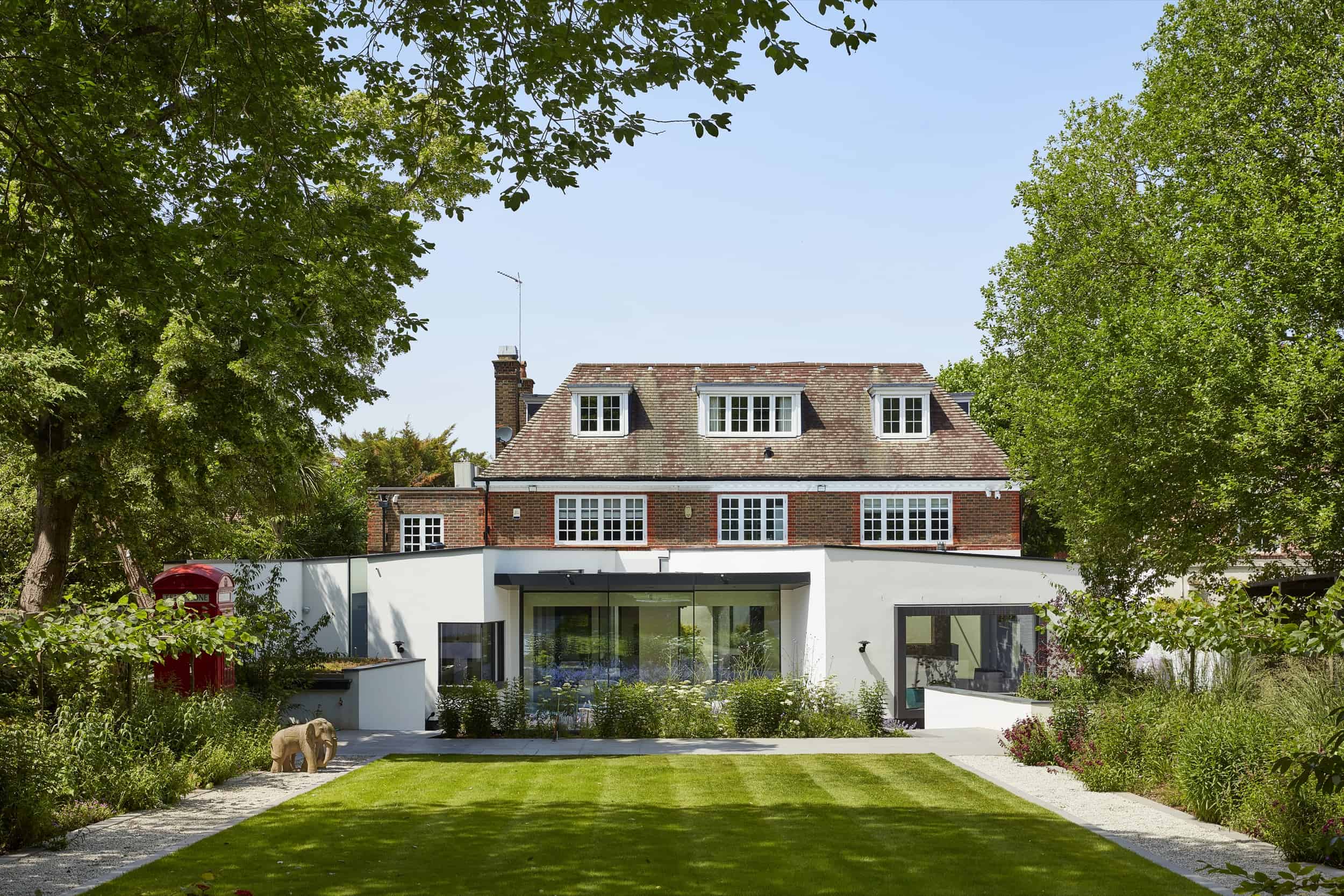
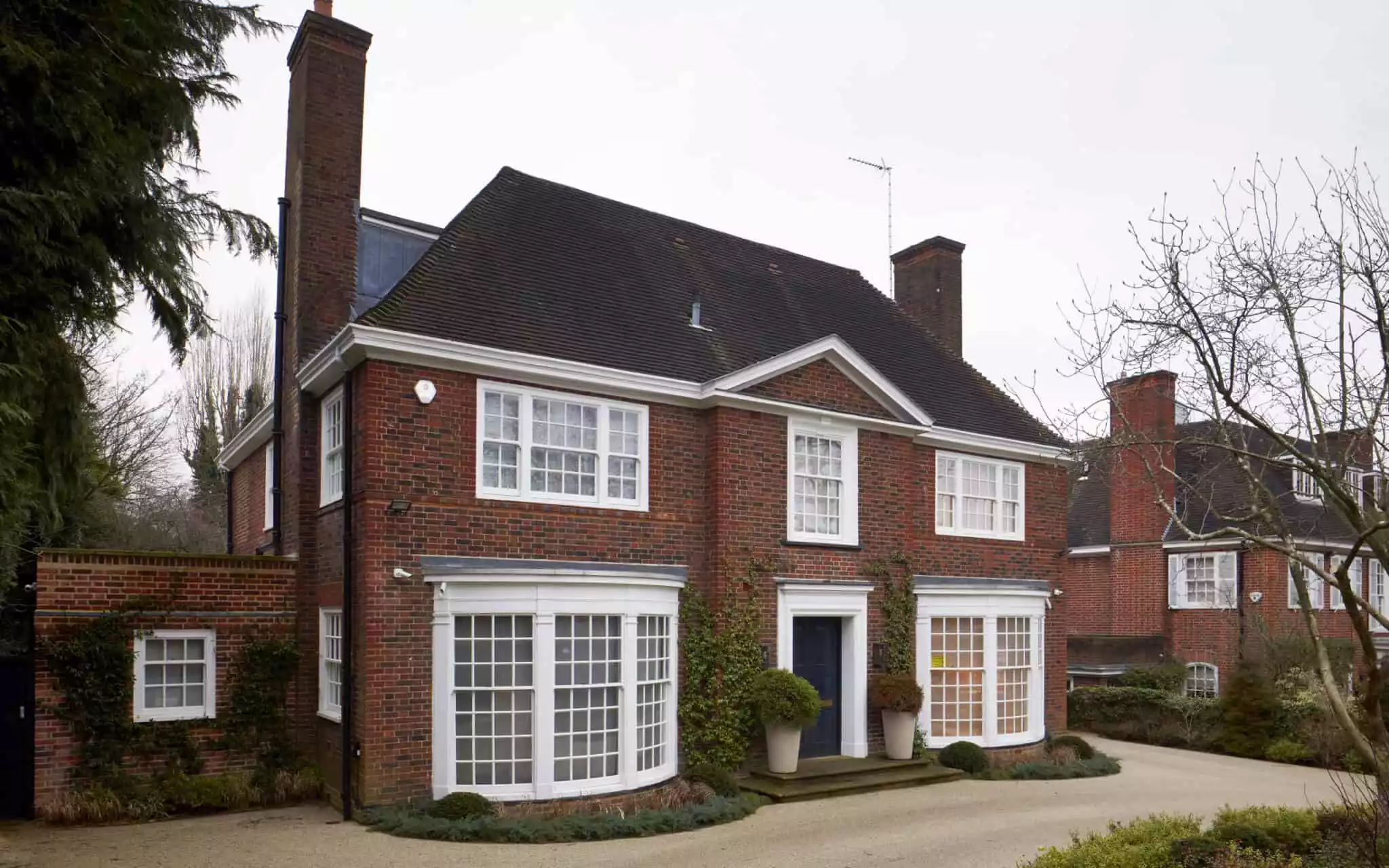

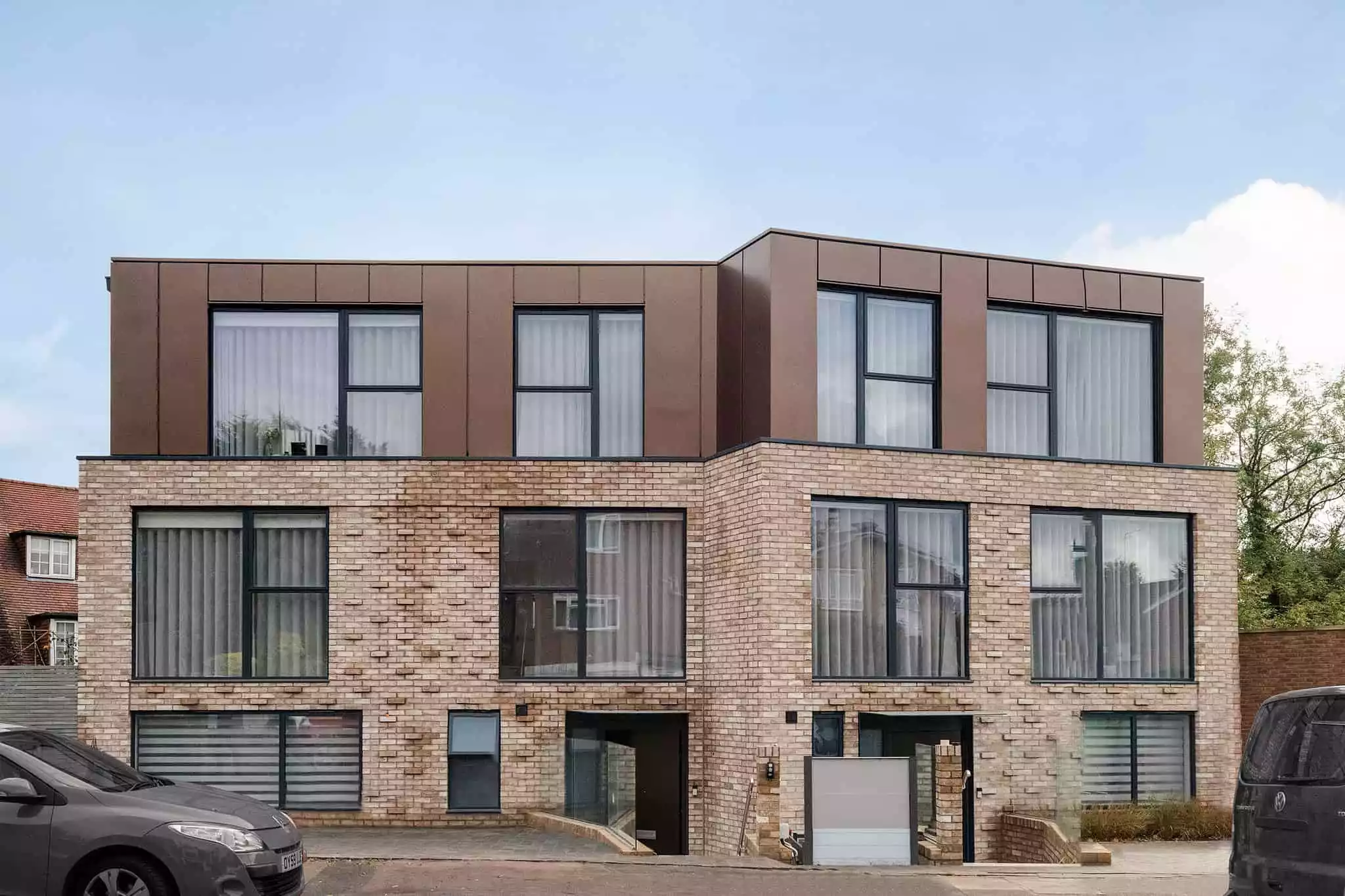
.jpg)
